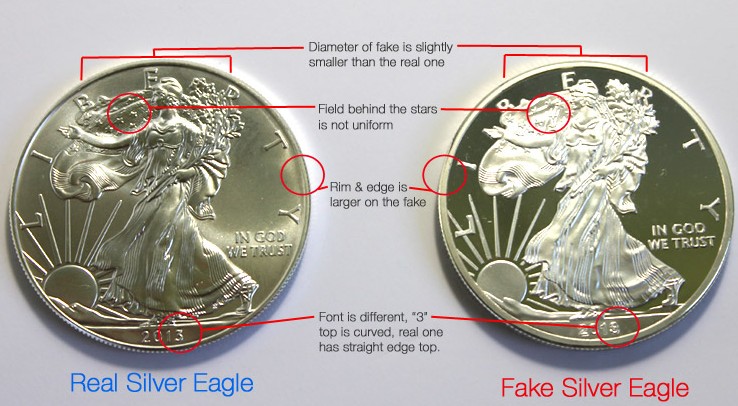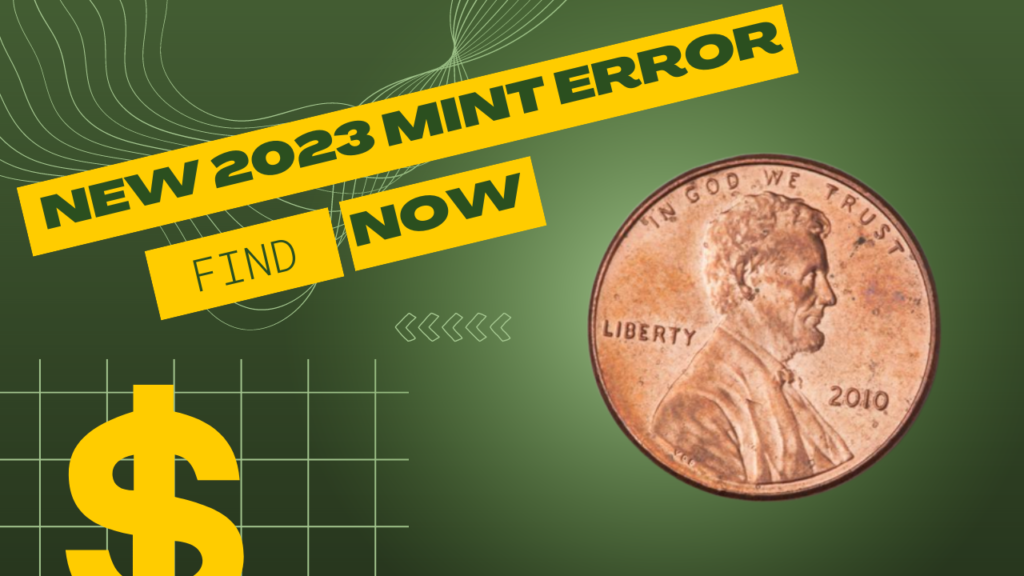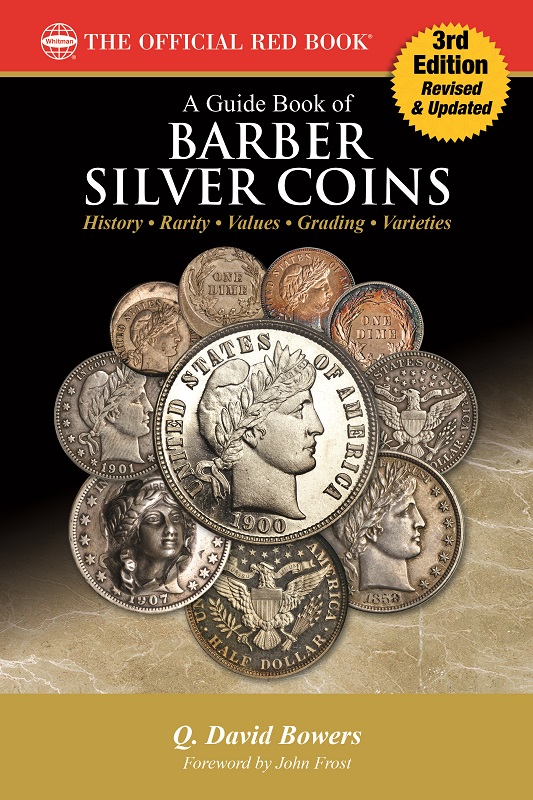Table of Contents
The rare coin market offers exciting opportunities for savvy investors, but it’s also fraught with pitfalls that can cost newcomers dearly. Whether you’re attracted to the tangible nature of numismatic investing or the potential for significant returns, avoiding these common mistakes can save you thousands of dollars and years of frustration. Drawing from decades of market observations and expert insights, this guide reveals the seven most critical errors new investors make – and how to avoid them.
1. Falling for Cleaning Coins
The Destructive Appeal of Shine
The single most damaging mistake new investors make is attempting to clean their coins. It seems counterintuitive – why wouldn’t you want your rare coins to look their best? But cleaning doesn’t restore a coin’s value; it destroys it permanently.
Natural oxidation creates a protective layer called patina, which preserves the coin’s surface and can create attractive toning patterns. Even “careful” cleaning removes microscopic layers of metal, destroys original luster, creates artificial shine that is easily ecognized and reducses the coins value by 50-90%.
In a real real example: A novice investor bought a 1916-D Mercury Dime (key date) in VF condition for $1,800. Thinking it would improve value, they used a silver polish to “restore” its shine. The coin, now considered harshly cleaned, sold at auction for just $850 – a $950 loss.
Here is what you should do instead:
- Never clean coins with commercial products
- Avoid rubbing or wiping coins
- Handle coins by their edges only
- Store in proper holders to prevent further oxidation
- Leave conservation and restoration to certified professionals when necessary

2. Ignoring Authentication and Counterfeits
The Rising Threat of Fakes
The counterfeit coin market has exploded with advanced technology making fake coins increasingly deceptive. New investors often assume all coin dealers are honest or that counterfeits are easy to spot. In some cases, a coin can be so well made that even experienced dealers can think they are real.
Common Authentication Mistakes:
- Trusting unverified sources (online marketplaces, flea markets, unknowledgeable sellers)
- Believing a high price equals authenticity
- Assuming older dealers can’t be fooled by modern counterfeits
- Neglecting to check certification numbers against grading service databases
Counterfeits can cost investors their entire purchase price. A fake 1909-S VDB Penny might sell raw for $1,000, but when discovered as counterfeit, it becomes worthless.
Protection Strategies:
- Buy primarily certified coins from major services (PCGS, NGC, ANACS, CAC)
- Purchase from established dealers with return policies
- Learn basic authentication points for the series you collect
- Invest in a decent microscope, scale, and magnet for preliminary checks
- Join collector forums where experts share counterfeit alerts

3. Overpaying for “Investment Grade” Marketing
The Premium Price Trap
Unscrupulous dealers often market coins as “investment grade” at significant premiums over market value. They target new investors with with high pressure-sales tactics, they claim guaranteed appreciation, they state artificial scarcity narratives and offer glossy packaging and certificates that are generic.
Case Study: A “rare coin investment firm” sold MS-65 St. Gaudens Double Eagles for $3,500 each as part of an “exclusive investment program.” The actual market value was $2,100, resulting in an immediate 40% loss for investors.
These are Red Flags to Watch For:
- Pressure to buy immediately
- Promised or guaranteed returns, unless they are in writing
- Exclusive offers unavailable elsewhere. Exclusive offers from large delears are often legit
- Heavy focus on bullion value rather than numismatic worth
Smart Buying Practices:
- Always compare prices across multiple sources
- Check completed auctions on Heritage, Stack’s Bowers and Great Collections
- Use PCGS Price Guide
- Get second opinions from established dealers
- Never buy under pressure, if a deal is too good to be true, it usually is
4. Focusing Solely on Rarity
The Demand Factor
Many new investors mistakenly believe rarity automatically equals value. While rarity is important, collector demand ultimately drives prices. Some extremely rare coins sell for modest amounts because nobody collects them.
Examples of the Rarity Misconception:
- A unique colonial token might sell for $500
- A 1921 Morgan Dollar with 44 million minted can fetch $5,000+ in MS-67
- Obscure foreign coins from the 1800s with mintages under 100 might bring $20
Balancing Rarity with Demand:
- Research collecting trends and market history
- Focus on actively collected series with strong collector bases
- Consider population reports alongside absolute mintage
- Understand that condition rarity often trumps mintage rarity
- Look for coins with compelling historical significance
Successful Strategy: Choose rarities within popular series. A rare variety of a widely collected coin (like a doubled die Lincoln Cent) typically outperforms an obscure rarity that nobody wants.
5. Improper Storage and Handling
The Silent Value Killer
Improper storage can damage coins gradually, resulting in significant value loss over time. New investors often underestimate environmental threats. Here are some mistakes to avoid.
Common Storage Mistakes:
- Using PVC flips (creates green film that can’t be removed)
- Storing in basements or attics with temperature fluctuations
- Exposing coins to humidity without desiccants
- Touching coins directly with bare hands
- Placing coins in albums with sliding plastic windows
Environmental Damage Impact:
- Copper turns brown instead of maintaining red
- Silver develops unattractive spots or haze
- Gold can develop red spots from copper alloy content
- Overall grade can drop by several points
Proper Storage Solutions:
- Use inert Mylar holders for raw coins
- Store slabbed coins in proper boxes
- Maintain stable temperature (65-75°F) and humidity (35-45%)
- Use silica gel packs in storage containers to de-humidify
- Handle only by edges while wearing cotton gloves
6. Failing to Develop a Focused Strategy
The Shotgun Approach
New investors often buy random coins without a coherent strategy, resulting in a scattered collection that’s hard to sell and doesn’t appreciate optimally.
Strategic Mistakes:
- Buying whatever looks interesting without research
- Chasing every “hot” recommendation
- Accumulating too many low-value coins
- Spreading budget too thin across multiple areas
- Purchasing without an exit strategy
Building a Focused Collection:
- Choose 1-2 series to specialize in initially
- Set clear quality standards (minimum grade, eye appeal)
- Define budget allocation for key dates vs. common issues
- Create want lists with target prices
- Understand the liquidity of your chosen series
Successful Example: An investor focusing solely on MS-65+ Mercury Dimes with Full Bands built a collection worth $50,000 over five years, outperforming diversified portfolios of similar investment size.
7. Misunderstanding Tax Implications
The Hidden Cost of Trading
Many new investors don’t realize rare coins are considered collectibles by the IRS, and are subject to different tax treatment than stocks or real estate.
Tax Pitfalls:
- Assuming standard capital gains rates apply (collectibles have 28% max rate)
- Failing to document purchase prices and dates
- Not understanding like-kind exchange rules changes
- Overlooking state sales tax requirements
- Missing reporting requirements for cash transactions
Tax Planning Essentials:
- Keep detailed records of all transactions
- Photograph coins when acquired
- Save all invoices and grading certificates
- Consider setting up a separate LLC if you have a significant collection
- Consult with a tax professional familiar with collectibles
- Understand cost basis adjustment for grading fees
Example: An investor sold $20,000 in coins with $10,000 profit. They assumed 15% capital gains but were shocked by a $2,800 tax bill (28% collectibles rate).
Bonus: Emotional Decision Making
The Psychology of Collecting
While not strictly an investment mistake, emotional buying decisions often lead to poor financial outcomes.
Emotional Traps:
- Revenge buying after missing deals
- FOMO (Fear of Missing Out) on rising markets
- Attachment to the coin being purchased can prevent a profitable sale in the future
- Competitive bidding beyond rational limits
- Panic selling during market dips
Maintaining Objectivity:
- Create buying criteria before shopping
- Set maximum bid limits in advance
- Take 24-hour cooling periods before major purchases
- Review investments quarterly without emotion
- Develop relationships with trusted advisors and dealers
Conclusion: Building a Successful Rare Coin Portfolio
Avoiding these seven major mistakes positions you for success in rare coin investing, althought, nothing is ever guaranteed. Remember that knowledge is your best defense against costly errors. You should take the time to do the following:
- Learn proper coin handling and storage
- Develop authentication skills
- Research market values thoroughly
- Create a focused collecting strategy
- Understand tax implications
- Buy from reputable sources
- Make decisions based on facts, not emotions
The rare coin market rewards patient, educated investors who approach it systematically. By sidestepping these common pitfalls, you’ll build a collection that provides both enjoyment and potential financial returns.
Action Steps for New Investors
- Education First: Join the American Numismatic Association (ANA) for resources and courses
- Start Small: Begin with an affordable coin series to learn market dynamics
- Find Mentors: Connect with experienced collectors at local coin clubs
- Use Technology: Subscribe to online price guides and population reports
- Create Systems: Develop consistent record-keeping from day one
- Practice Patience: Remember that successful coin investing is a marathon, not a sprint
Remember, every expert collector started as a beginner who made mistakes. The key is learning from others’ errors rather than experiencing them yourself. With proper education and careful approach, rare coin investing can be both financially rewarding and personally fulfilling.
Additional Resources
Essential Reading
- “The Coin Collector’s Survival Manual” by Scott Travers
- “The Official ANA Grading Standards for United States Coins”
- “Making the Grade” by Beth Deisher
Online Tools
- PCGS CoinFacts
- NGC Coin Explorer
- Heritage Auction Archives
- The Coins Explorer
Organizations
- American Numismatic Association (money.org)
- Professional Numismatists Guild (pngdealers.org)
- Industry Council for Tangible Assets (ictaonline.org)
Disclaimer: This article is for informational purposes only and should not be considered financial advice. Past performance of rare coins does not guarantee future results. Always conduct thorough research and consider consulting with a financial advisor before making investment decisions.



